Love, Betrayal, and the Monstrous Feminine
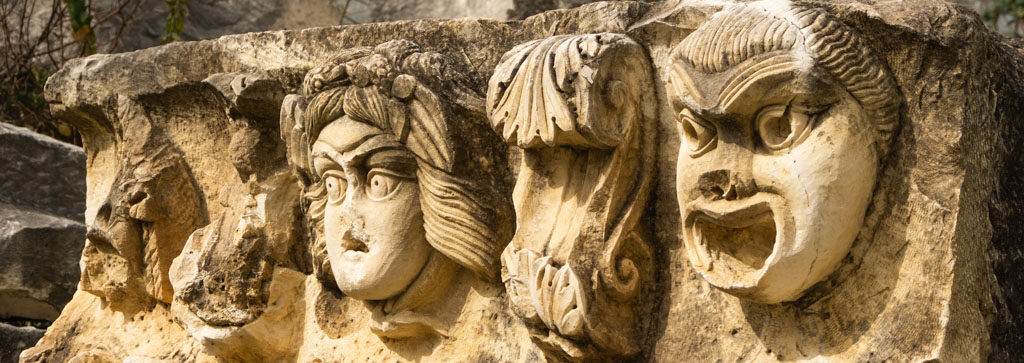
Sophocles’ The Women of Trachis is a complex and disturbing exploration of love, betrayal, and the destructive potential of the feminine. Through the story of Deianira and Heracles, the play delves into the archetypal realm of the anima and animus, and the consequences when these archetypes are not integrated in a healthy way.
Summary of The Women of Trachis
The Women of Trachis focuses on Deianira, the wife of the great hero Heracles. Deianira has not seen her husband in over a year and fears he may be dead. She sends their son Hyllus to find him.
Meanwhile, Heracles, having completed his famous twelve labors, sends a message home that he will soon return, bringing with him a new concubine, Iole. Deianira, fearing that Iole will replace her in Heracles’ affections, decides to use a love charm to win back his love. This charm, which she was told would rekindle love, is in fact a poison, and when Heracles puts on the robe anointed with it, it burns his flesh, causing him excruciating pain.
Realizing what she has done, and learning that the charm was in fact the blood of the centaur Nessus, who had tried to rape her and was killed by Heracles, Deianira kills herself in guilt and despair. Heracles, in agony, orders Hyllus to marry Iole and to build a pyre on which to burn him alive, ending his suffering. The play ends with Heracles being carried off to his death, and Hyllus lamenting the cruelty of the gods.
Archetypal Figures in The Women of Trachis
Deianira: The Anima
Deianira embodies the archetype of the anima – the feminine aspect of the male psyche. As Heracles’ wife, she represents the domestic, nurturing side of life that Heracles, in his heroic pursuits, has neglected. Her desire to regain Heracles’ love is a manifestation of the anima’s yearning for integration with the masculine.
However, Deianira’s actions also reveal the shadow side of the anima – the destructive potential of the feminine when it is rejected or betrayed. Her use of the “love charm,” which turns out to be a deadly poison, can be seen as a metaphor for the way in which repressed or neglected feminine energy can turn destructive.
Heracles: The Animus
Heracles, the great hero, embodies the archetype of the animus – the masculine aspect of the female psyche. He represents the active, assertive, and adventurous side of life. His famous twelve labors are a manifestation of the animus’ drive to achieve and conquer.
However, Heracles’ neglect of his domestic life, and his bringing home of a new concubine, also reveal the shadow side of the animus – the way in which an unchecked masculine drive can lead to a disregard for the feminine, for the needs of relationship and home.
Iole: The Shadow Feminine
Iole, the young concubine that Heracles brings home, can be seen as a representation of the shadow feminine – the aspects of the feminine that are rejected or suppressed. She is a threat to Deianira’s position as wife, and her presence brings to the surface all of Deianira’s insecurities and fears.
In a sense, Iole represents the “other woman” archetype – the temptress who lures the man away from his wife. However, she is also a victim, a captive in Heracles’ household. Her presence highlights the way in which the feminine is often commodified and objectified in a patriarchal society.
Nessus: The Monstrous Masculine
Nessus, the centaur who tries to rape Deianira and whose blood becomes the poisonous “love charm,” represents the monstrous masculine – the toxic, aggressive aspects of masculinity that threaten and degrade the feminine.
His attempted rape of Deianira is a literal enactment of the way in which the masculine can seek to dominate and violate the feminine. Even in death, his blood becomes a tool of destruction, suggesting the lingering poison of toxic masculinity.
Themes and Psychological Insights
The Perils of Imbalance
At its core, The Women of Trachis is a story about the dangers of imbalance between the masculine and the feminine. Heracles’ heroic pursuits, while admirable in some ways, have led him to neglect his role as husband and father. Deianira, in turn, feels abandoned and betrayed, and her attempt to regain Heracles’ love is a desperate, ultimately destructive act.
The play suggests that when the masculine and feminine are not integrated in a healthy way, when one is pursued to the exclusion of the other, the result is suffering and destruction. Heracles’ physical agony at the end of the play can be seen as a metaphor for the psychic pain of this imbalance.
The Destructive Potential of the Repressed Feminine
Deianira’s actions in the play can be understood as a manifestation of the destructive potential of the repressed feminine. Feeling rejected and replaced by Iole, Deianira resorts to a form of magic – the “love charm” – to regain Heracles’ affection.
This use of a secret, mysterious power can be seen as a metaphor for the way in which the feminine, when it is not given a healthy outlet, can turn to subversive, even destructive means to assert itself. Deianira’s actions, while intended to restore love, end up causing terrible suffering.
The Commodification of the Feminine
The character of Iole, the young concubine, highlights the way in which the feminine is often commodified and objectified in a patriarchal society. She is a captive, a spoil of war, brought into Heracles’ household as a possession rather than a person.
Her presence is a threat to Deianira not just because she may replace her in Heracles’ affections, but because she represents the way in which the feminine is often valued only for its youth and beauty, and is seen as disposable when these fade.
The Poison of Toxic Masculinity
The character of Nessus and his poisonous blood can be seen as a symbol of toxic masculinity – the aggressive, dominating aspects of the masculine that seek to control and violate the feminine.
Even in death, Nessus’ blood acts as a destructive force, causing Heracles terrible agony. This suggests the lingering poison of toxic masculinity, the way in which its effects can continue to harm even when the immediate threat seems to have passed.
The Tragedy of the Unheroic Feminine
Deianira’s fate in the play – her guilt, despair, and suicide – can be seen as a tragedy of the unheroic feminine. Unlike Heracles, who is celebrated for his heroic deeds, Deianira’s actions, even though they stem from a place of love and hurt, are seen as shameful and destructive.
This highlights the double standard often applied to masculine and feminine behavior, and the way in which the feminine is often punished for asserting itself, even in the face of rejection or betrayal.
At its heart, the play is a call for the integration of the masculine and the feminine, for a recognition of the interdependence and equal value of these archetypal forces. It suggests that only when the anima and animus are in balance, when the heroic and the domestic, the active and the nurturing, are equally honored, can there be true wholeness and harmony.
Read About Other Classical Greek Plays and Their Influence on Depth Psychology
Classical Literature
Iphigenia in Aulis



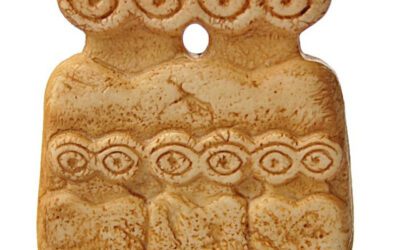
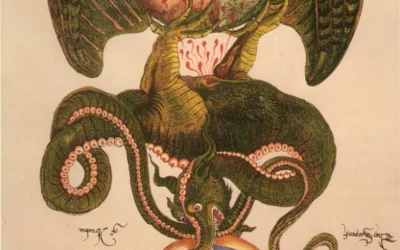
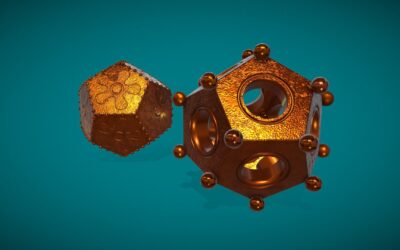
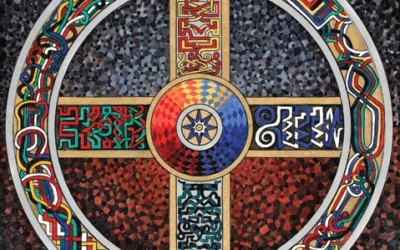
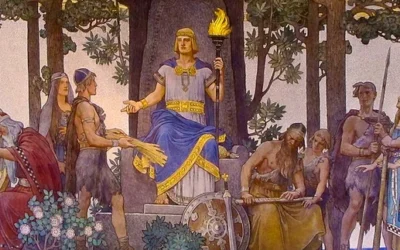
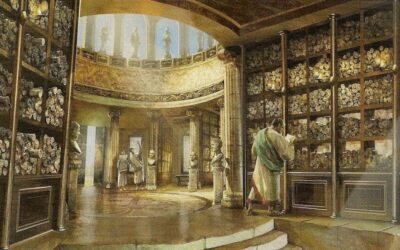
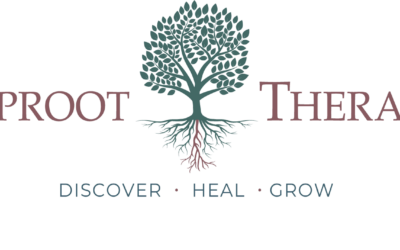
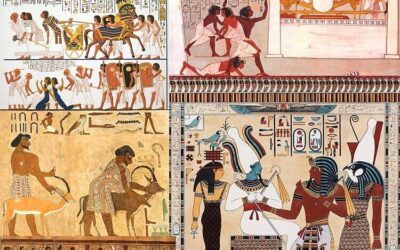
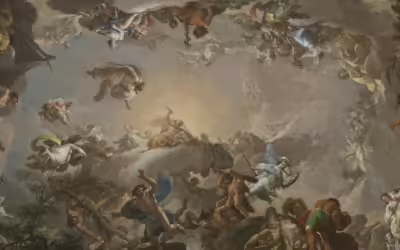

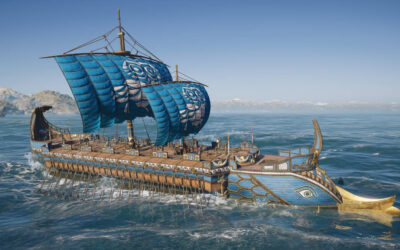

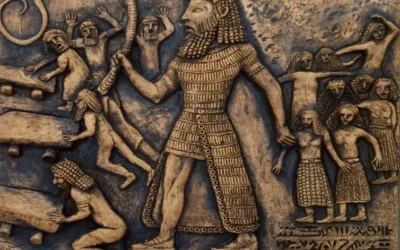
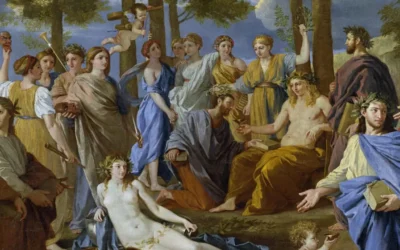
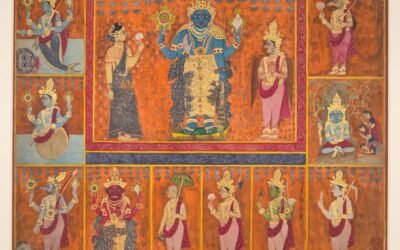
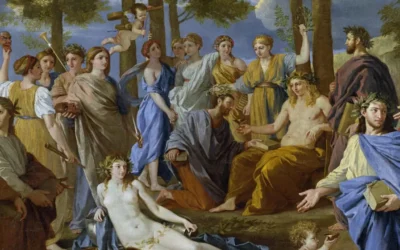
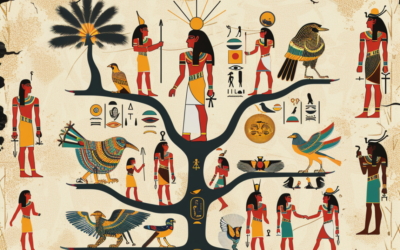
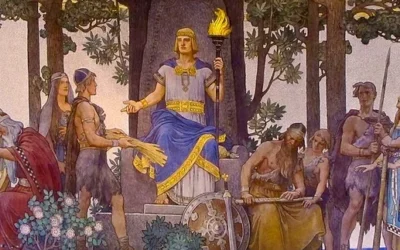
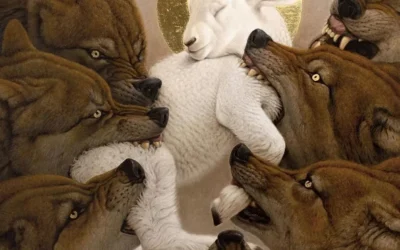
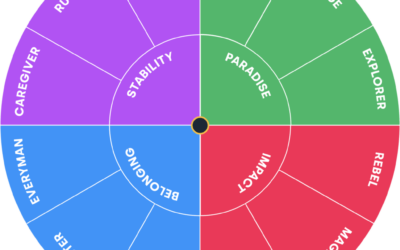
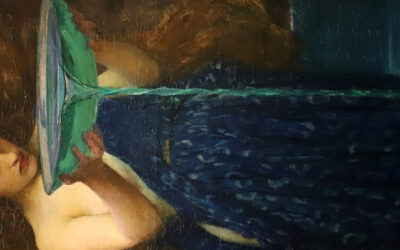
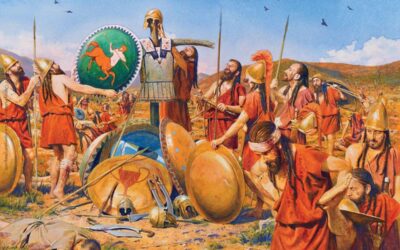
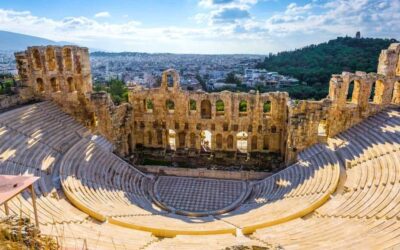
0 Comments